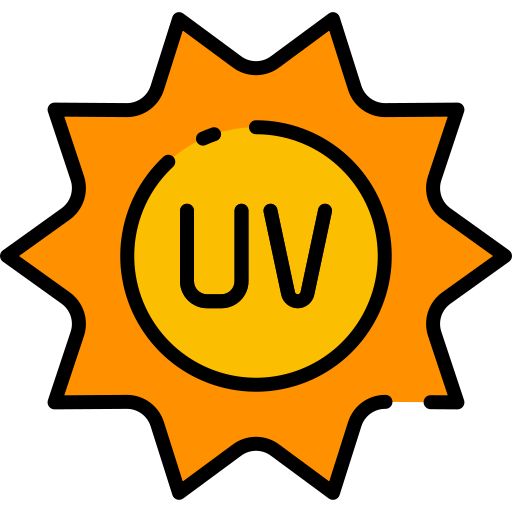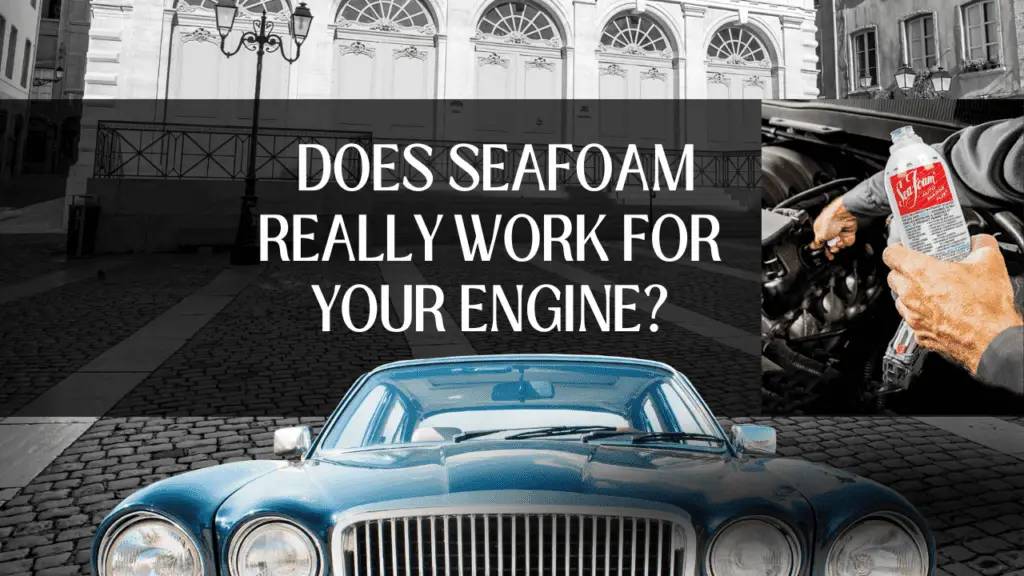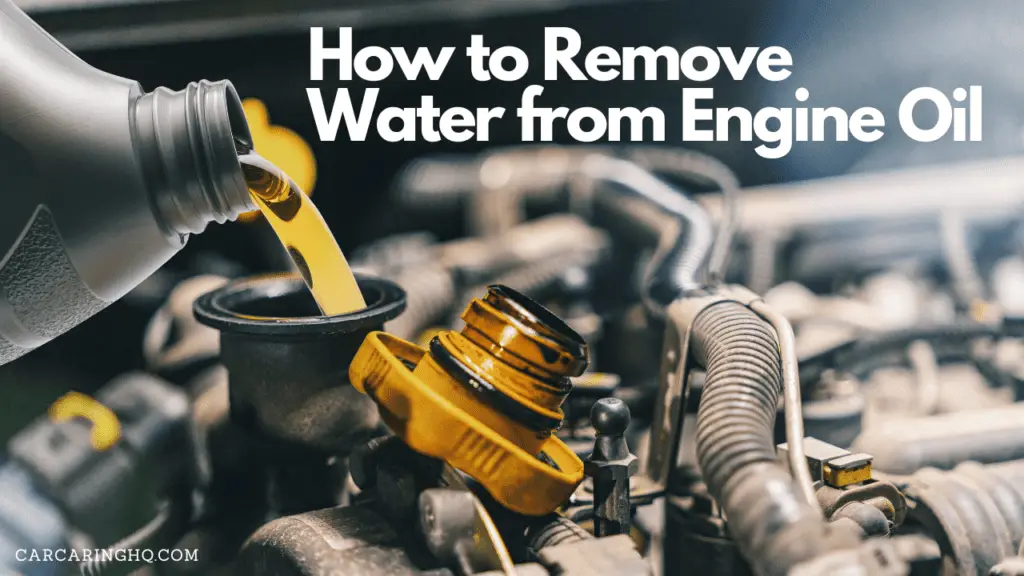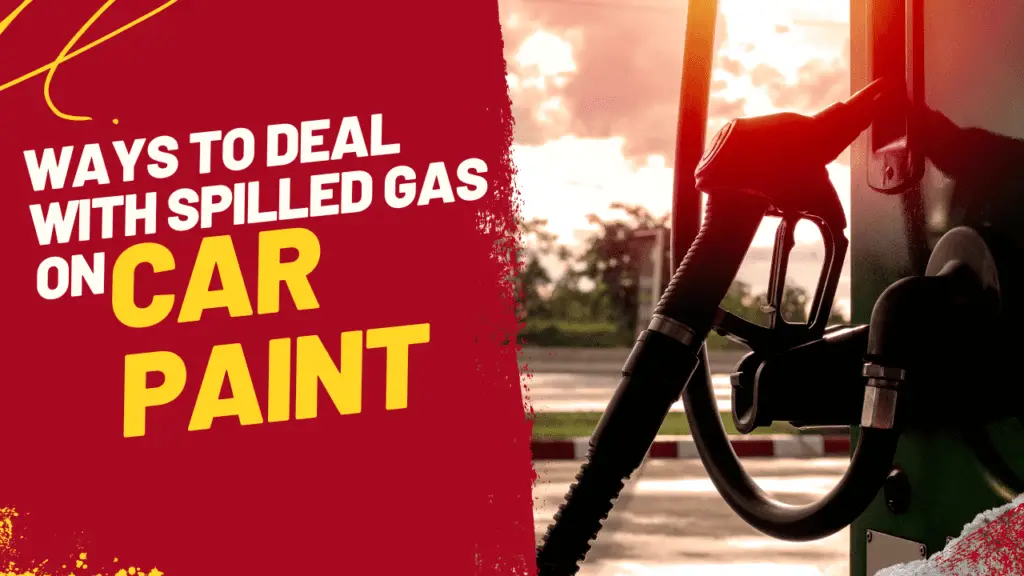UV rays can cause significant damage to your car’s paint and interior, including fading, cracking, and discoloration.
Many car owners use car wax to protect their vehicle’s exterior, but does car wax protect against UV rays?
In this article, we will explore the relationship between car wax and UV rays and how you can protect your car from UV damage.
Table of Contents
Understanding UV Rays

UV rays are a form of radiation that comes from the sun.
They can be classified into three categories: UVA, UVB, and UVC.
UVA rays are responsible for causing damage to your car’s interior, such as fading and discoloration.
UVB rays are responsible for causing damage to your car’s exterior, such as paint fading and peeling.
How Car Wax Protects Your Car

Car wax is a protective layer that is applied to your car’s exterior to protect it from damage.
Car wax creates a barrier between your car’s paint and the environment, including UV rays.
The wax absorbs the UV rays, preventing them from penetrating the paint and causing damage.
However, car wax is not a permanent solution to UV damage.
Over time, the wax will break down and need to be reapplied. Additionally, the type and quality of the wax used can affect how well it protects your car from UV rays.
Types of Car Wax
There are two types of car wax: natural wax and synthetic wax.
Natural wax, also known as carnauba wax, is derived from the leaves of the Brazilian carnauba palm tree.
It provides a high level of shine and protection against UV rays. However, it is less durable than synthetic wax and needs to be reapplied more frequently.
Synthetic wax, on the other hand, is made from chemicals and provides a higher level of protection than natural wax.
It is more durable and lasts longer than natural wax, making it a popular choice among car owners.
However, synthetic wax may not provide the same level of shine as natural wax.
How to Protect Your Car from UV Damage
In addition to using car wax, there are several other ways to protect your car from UV damage:
1. Park in Shade

Parking your car in the shade can help protect it from UV damage. If possible, park your car in a garage or under a tree to provide shade.
2. Use a Car Cover
Using a car cover can provide additional protection for your car’s exterior from UV rays.
A car cover can also protect your car from other environmental factors such as rain, snow, and dust.
3. Use a Sunshade
Using a sunshade on your car’s windshield can prevent UV rays from entering the interior of your car, reducing damage to your car’s upholstery and dashboard.
4. Regular Maintenance

Regular maintenance, such as washing and waxing your car, can help protect it from UV damage.
Regular washing removes dirt and debris that can scratch your car’s paint, while waxing provides a protective layer against UV rays.
Conclusion
Car wax does provide protection against UV rays, but it is not a permanent solution.
The type and quality of wax used can affect how well it protects your car from UV damage.
In addition to using car wax, parking in the shade, using a car cover, using a sunshade, and regular maintenance can help protect your car from UV damage.
By following these tips and tricks, you can keep your car looking like new and prevent damage from UV rays.






